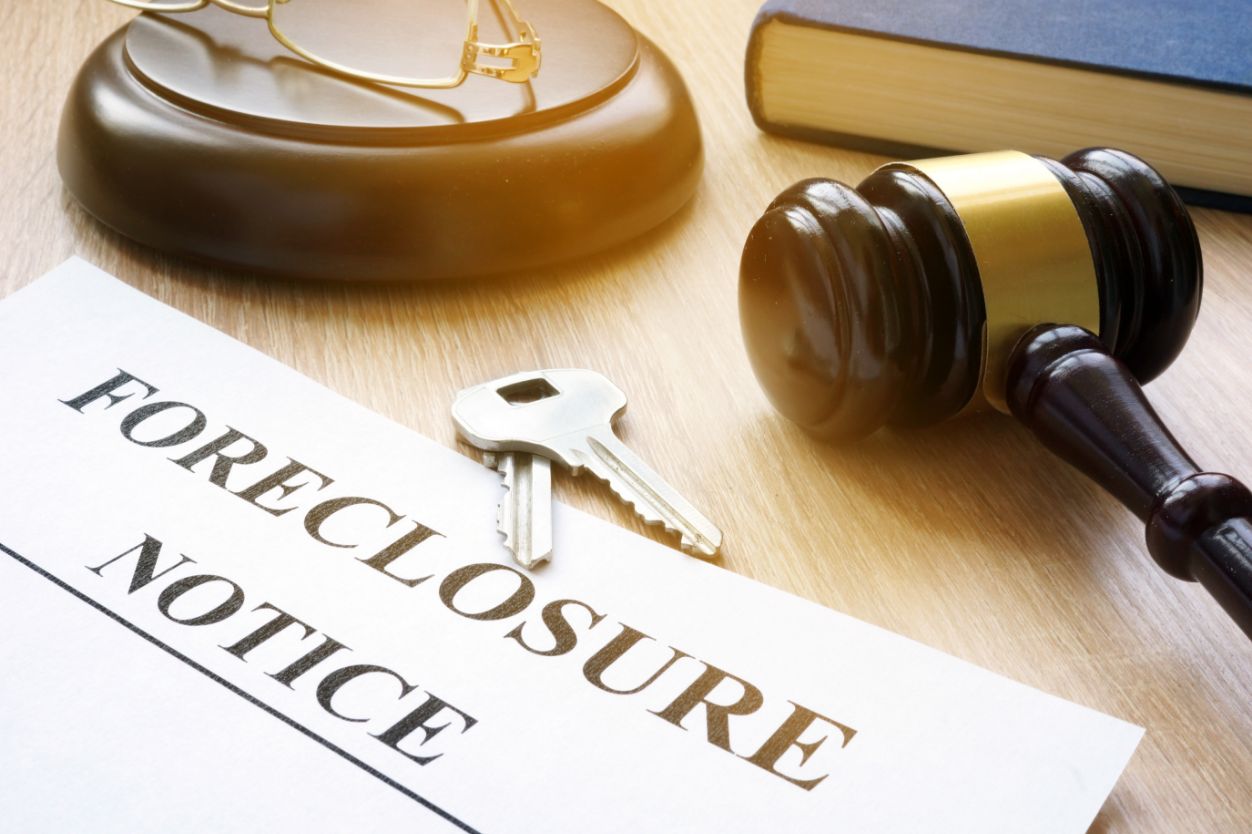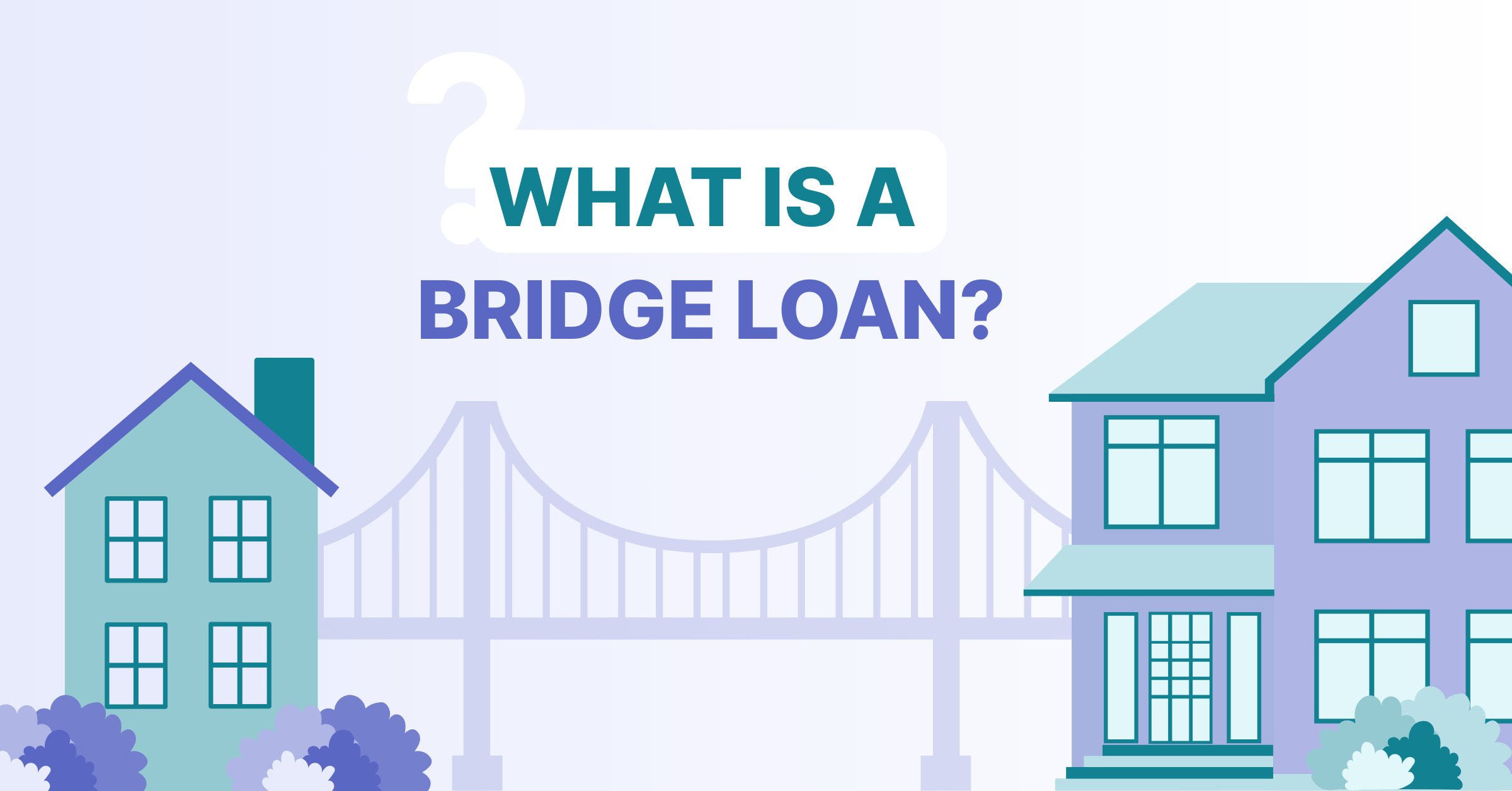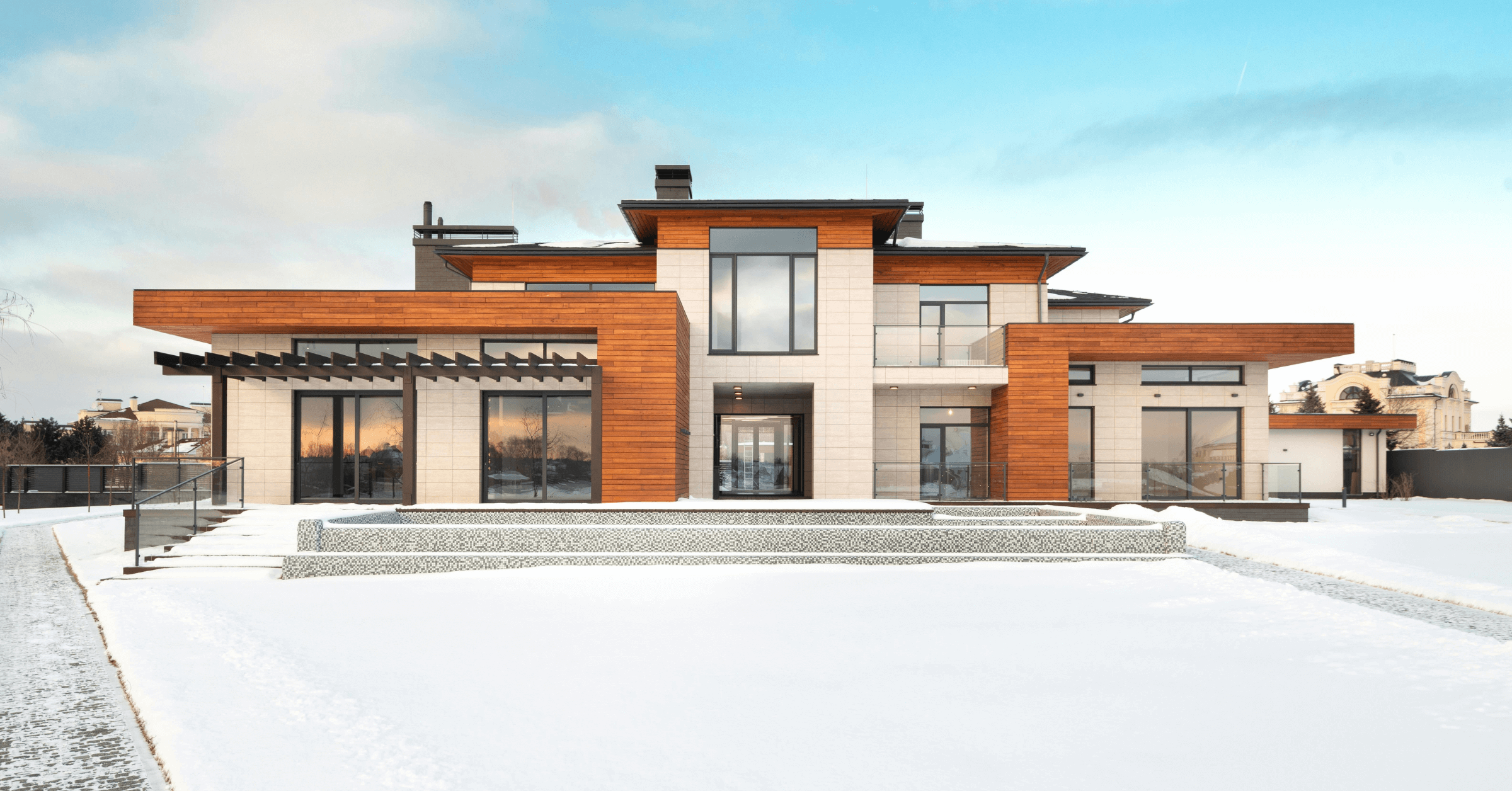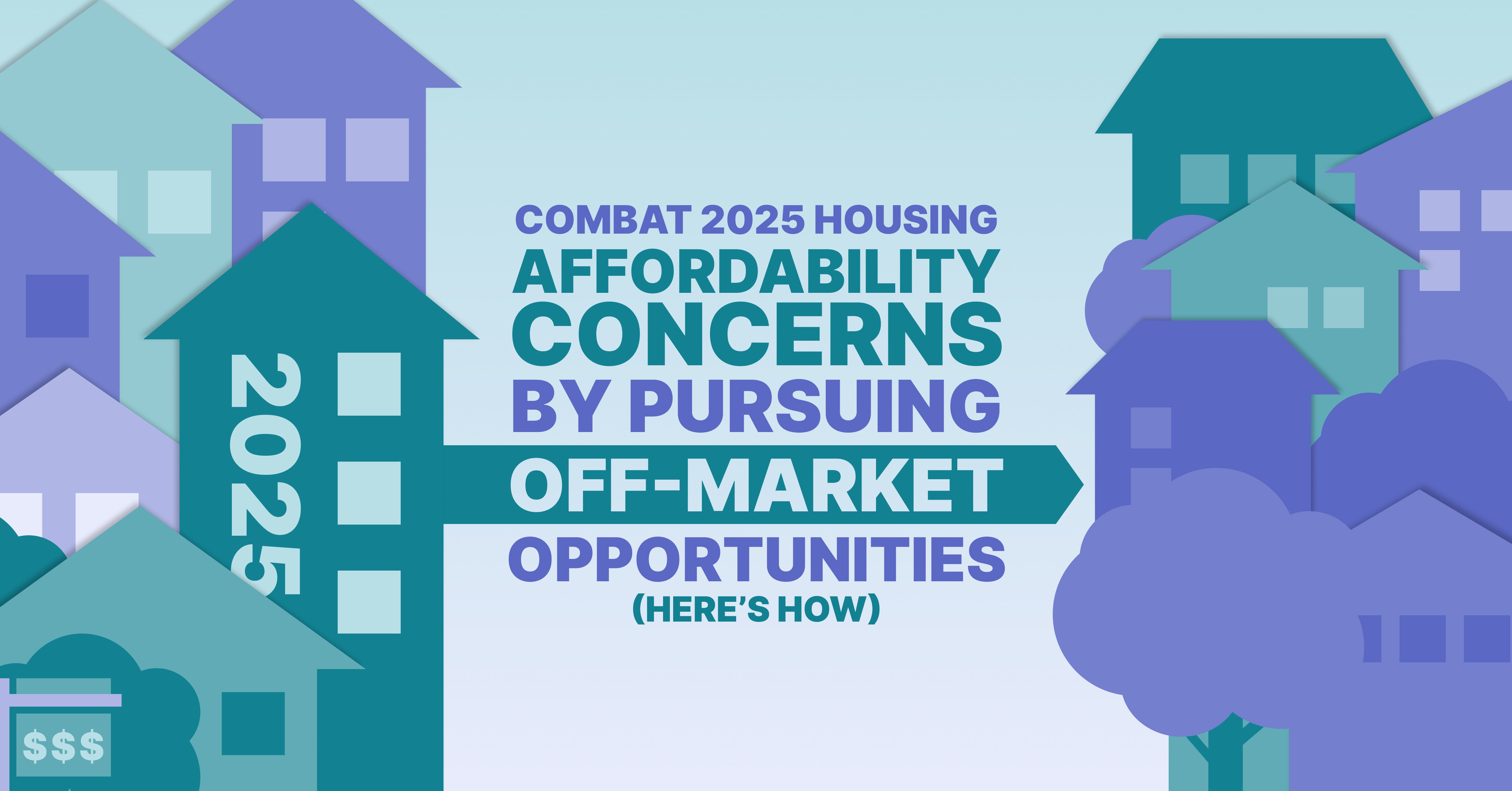With the recent rise in “zombie debt,” some homeowners face new financial nightmares and unexpected court battles. According to the Associated Press, an increasing number of homeowners are receiving foreclosure notices claiming they owe hundreds of thousands of dollars due to hidden second mortgages.
But what exactly is zombie debt, and how does it affect homeowners and real estate investors? Let’s take a closer look.
Table of Contents
- What is Zombie Debt?
- How Does Zombie Debt Impact Homeowners?
- What is Pre-Foreclosure?
- What is Foreclosure?
- How Zombie Debt Impacts Real Estate Investors
What Is Zombie Debt?
The term “zombie debt” refers to any debt that has already been settled, was discharged in bankruptcy, is past the statute of limitations, doesn’t show up on your credit report anymore, or that you never owed in the first place.
Sometimes, people receive collection notices for zombie debt after someone steals their identity and uses it to take out a loan.
How Does Zombie Debt Affect Homeowners?
In short, it depends. If a debt is old enough to surpass the statute of limitations, homeowners typically don’t have to pay it and can dispute it.
In most states, the statute of limitations is about six years or shorter. However, if a person makes even one payment toward this old debt, it restarts the clock, and they’re held responsible for paying the rest.
Homeowners can also dispute zombie debt if they’ve been the victim of identity theft or if their loans were previously canceled or paid. For example, several homeowners told AP they had no idea they owed money due to confusing loan structures. Some thought their second mortgage was rolled into their first one, and others were under the impression their lender had forgiven their previous loan.
If valid zombie debts go unpaid—and if the homeowner loses their case in court—lenders may be able to take possession of the home. Foreclosure laws and processes vary from state to state, but generally, the process begins with pre-foreclosure.
What Is Pre-Foreclosure?
Pre-foreclosure typically starts when the lender sends a notice of default after a homeowner has missed three to six months of mortgage payments.
At this stage, homeowners can usually still avoid foreclosure by paying their missed payments (plus any applicable fees and interest) or negotiating with their lender for a lower monthly payment. In some cases, homeowners might need to sell their homes quickly in what’s called a “short sale” to pay off the debt. Or, they may opt for a deed-in-lieu-of-foreclosure, which gives ownership of the home to the lender without the legal or credit implications of foreclosure.
Most notices come after the lender has reached out—usually several times—about the missed payments. But with the current wave of zombie mortgage debts, some homeowners say they received an unexpected foreclosure notice claiming they hadn’t paid their second mortgage in years.
What Is Foreclosure?

If a homeowner and their lender can’t reach a solution, the foreclosure process progresses to the next step. Depending on the state’s laws, foreclosures can be judicial, statutory, or strict.
With judicial foreclosures, the lender starts by filing a lawsuit, giving the homeowner 30 days to make the required payment. If they don’t pay, the home is sold in an auction through a local sheriff’s office or court.
Statutory foreclosures rely on a power of sale clause and are typically faster than judicial foreclosures. With this type of foreclosure, the mortgage company oversees the auction and sale of the home, and there’s no court case involved—although a judicial review might be required in some cases.
If the homeowner’s mortgage debt is greater than the value of the home itself, lenders might opt for a strict foreclosure. (This type of foreclosure isn’t as common because only some states permit it.) During this process, the lender files a lawsuit, and the court dictates how long the homeowner has to pay back the debt. If the homeowner misses this deadline, the lender takes ownership of the property.
What a Surge in Zombie Debt Means for Real Estate Investors
Although some homeowners are disputing their zombie second-home mortgages, they may face foreclosure if they can’t resolve the situation in court or pay back what they owe. If this happens, real estate investors may have more opportunities to help homeowners get out from under burdensome properties by negotiating a deal with them and using them for investment purposes.
Keep in mind that there are pros and cons to investing in homes in pre-foreclosure or foreclosure status. While you can often purchase them for below market value, they may also be in poor condition. They may need some renovations before putting them back on the market or considering as part of your rental portfolio.
If you’re interested in pre-foreclosure properties for your next investment project, you can use PropStream to find pre-foreclosures in your region. With PropStream’s 7-day free trial, you can start browsing leads with zombie debt today.



